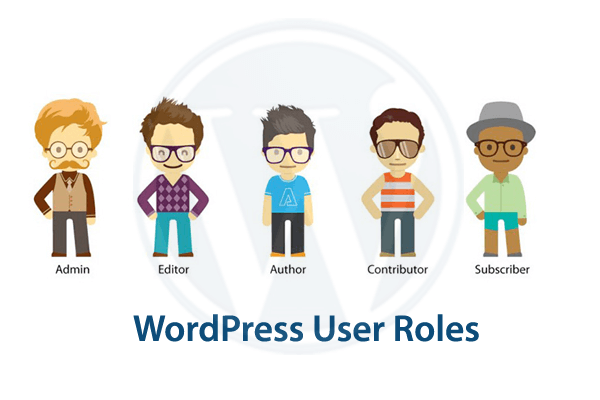The default setup offers six user roles in WordPress. The roles offer several combinations showing the rights/privileges given to the user roles.
Super Administrator
This is the role having the maximum capability. The super administrator can manage multiple blogs from the same domain and can oversee the whole network.It is mainly used in wordpress multi site. They can also be known as the Network Administrator and they are responsible for themes, network users, the network options and the site as a whole.
Administrator
The administrator will be the one holding the ultimate authority, as there is no need of networking abilities and a super administrator. The administrator of a single site manages the themes, the users, and the plugins, updating them whenever necessary as well as editing and importing or exporting of data from the dashboard.
Activating plugins, creating users, deleting others’ pages, deleting plugins and posts or private pages and private posts; they can also delete a published page; delete or create users and also edit the dashboard, files, pages, posts, private pages, published pages and posts and edit themes and options. They have the permission to export and import content and manage categories, links and options. The administrator can moderate comments and promote users. They can publish and read private pages and switch themes or upload files.
Editor
This user roles is below the Administrator. The role of the editor is somewhat similar to the editor of a magazine or a newspaper. They can edit the content and create new content. They also has the permission to moderate comments and reply to comments. They has the power to edit categories and links.
Author
The author is also a person who can create content, manage it and publish it. However, the author cannot create the pages of the blog or website but only the posts.it is also important user roles in wordpress.
Contributor
A contributor is a user roles that has the capability of adding new content. They are given access to a certain part of the dashboard. This is usually the Add New Posts area. Though they have the permission to submit their content, they cannot publish it directly, as the publishing work has to be done by the author or the editor after they review the contributor’s work. The contributor can edit, delete and read posts.
Subscriber
The audience to the website or blog constitutes the subscriber. They cannot do anything on the site without first registering at the site. Once they have registered at the site, they can have access to the content on the site and even leave a comment. They, however, cannot make any changes or modifications to the content. Nevertheless, you can allow subscribers to see private posts and pages with additional plugins and coding.
Conclusion
WordPress has offered user roles as an integral part of the installation. Such user roles allow easy setup of different types of users, which are available as default or as customized. The default user roles consist of the Administrator, Editor, Author, Contributor and Subscriber.












